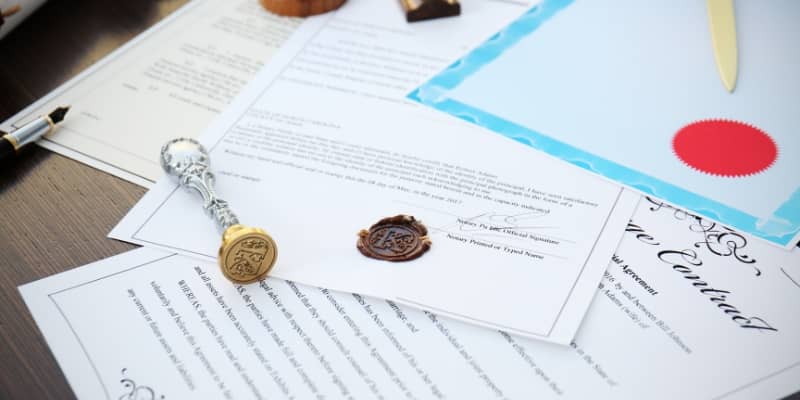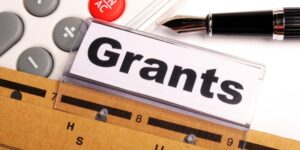Notary acknowledgments play a crucial role in legal documents and transactions, yet many people need to become more familiar with what they are and why they are necessary. This comprehensive guide will delve into the details of notary acknowledgments and their significance. Whether you are a professional in the legal field or an individual seeking to understand the process, this guide will thoroughly explain notary acknowledgments and their importance in various situations. Let’s explore this essential aspect of legal documentation together with RAI Experts, LLC.
What is a Notary Acknowledgement?
A notary acknowledgment is a formal declaration by a notary public that a person who has signed a document has done so voluntarily and for the purposes stated in the document. In many states, certain documents are required to be notarized, including deeds, mortgages, powers of attorney, and contracts. A notary acknowledgment is also necessary when a document is used as evidence in court.
Why is a Notary Acknowledgement Necessary?
A notary acknowledgment is necessary to prevent fraud and to ensure that the person signing the document is who they say they are. In addition, notary acknowledgments help to ensure that the person signing the document has done so voluntarily and with full knowledge of the document’s contents. This can be especially important when the document is legally binding, such as a contract or a deed.
Who Can Perform a Notary Acknowledgement?
In most states, a notary public is authorized to perform notary acknowledgments. A notary public is a person the state has appointed to act as an official witness to the signing of documents. We are authorized to administer oaths and affirmations, take acknowledgments, and certify copies of certain documents.
How is a Notary Acknowledgement Performed?
To perform a notary acknowledgment, the notary public must first identify the person who is signing the document. This can be done by checking the person’s identification, such as a driver’s license or passport. The notary public will then ask the person to sign the document. Once the document has been signed, the notary public will complete the notary acknowledgment by signing and sealing the document.
What information is included in a statutory acknowledgment?
A notary acknowledgment typically includes the following information:
– The date and location of the notarization
– The name of the person who is signing the document
– The type of identification used to verify the person’s identity
– A statement by the notary public that they witnessed the person signing the document
– A statement by the notary public that they believe the person signing the document did so voluntarily and with full knowledge of the document’s contents
– The signature of the notary public
– The official seal of the notary public
Conclusion
Notary acknowledgments are an essential aspect of legal documentation. We help to prevent fraud and ensure that documents are legally binding. A notary public is authorized to perform notary acknowledgments, and the process involves verifying the identity of the person signing the document and completing a formal declaration that the person signed the document voluntarily and with full knowledge of its contents. Whether you are a legal professional or seeking to understand the process, it is important to be familiar with notary acknowledgments and their significance.








